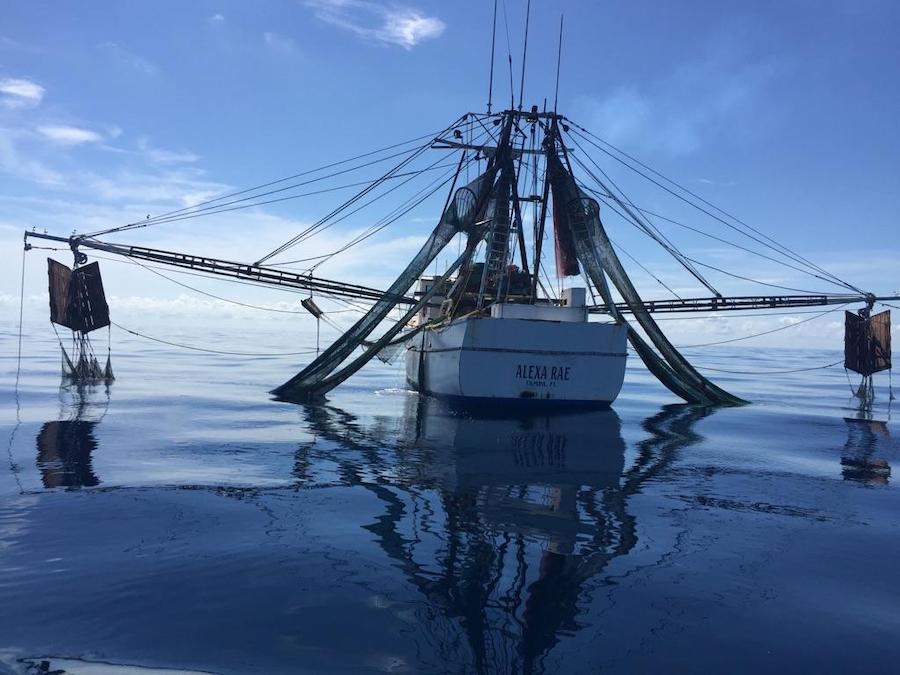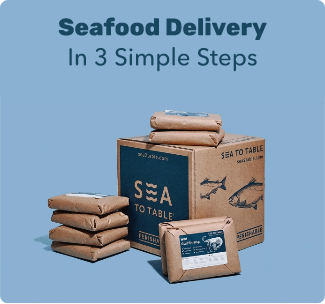
America loves shrimp. It’s easy to cook, versatile, and delicious. In the U.S., shrimp accounts for about 1/4 of the seafood we eat, which adds up to 1.3 billion pounds of shrimp per year. Due to this high demand, shrimp is our number one seafood import, but it’s important to remember that there are healthy stocks of shrimp right in the Gulf of Mexico.
American shrimp fisheries are the best managed in the world. Regulations such as the Marine Mammal Protection act and the Magnuson-Stevens Act of 1976 help provide a framework to effectively protect shrimp fisheries, and the habitats that shrimp occupy. Fishermen are even required to use specialized nets that reduce bycatch of endangered sea turtles.
Now compare this sustainable U.S. fishery to shrimp farms abroad. To make space for these farms in countries like India and the Philippines, mangrove forests are being cleared at alarming rates. We’ve already lost over 50% of mangrove cover, which is detrimental to the species that inhabit these ecosystems. Shrimp farms pollute local waterways, use dangerous amounts of antibiotics and sometimes even slave labor. Once harvested, the shrimp are treated with chemicals such as Sodium Bisulfate and Sodium Tripolyphosphate to prevent discoloration and make them appear more plump. This is what we find in our local grocery stores.
Avoid sketchy shrimp. Taste the Sea to Table difference and order Wild Gulf Shrimp directly to your door.
← Older post Newer post →

